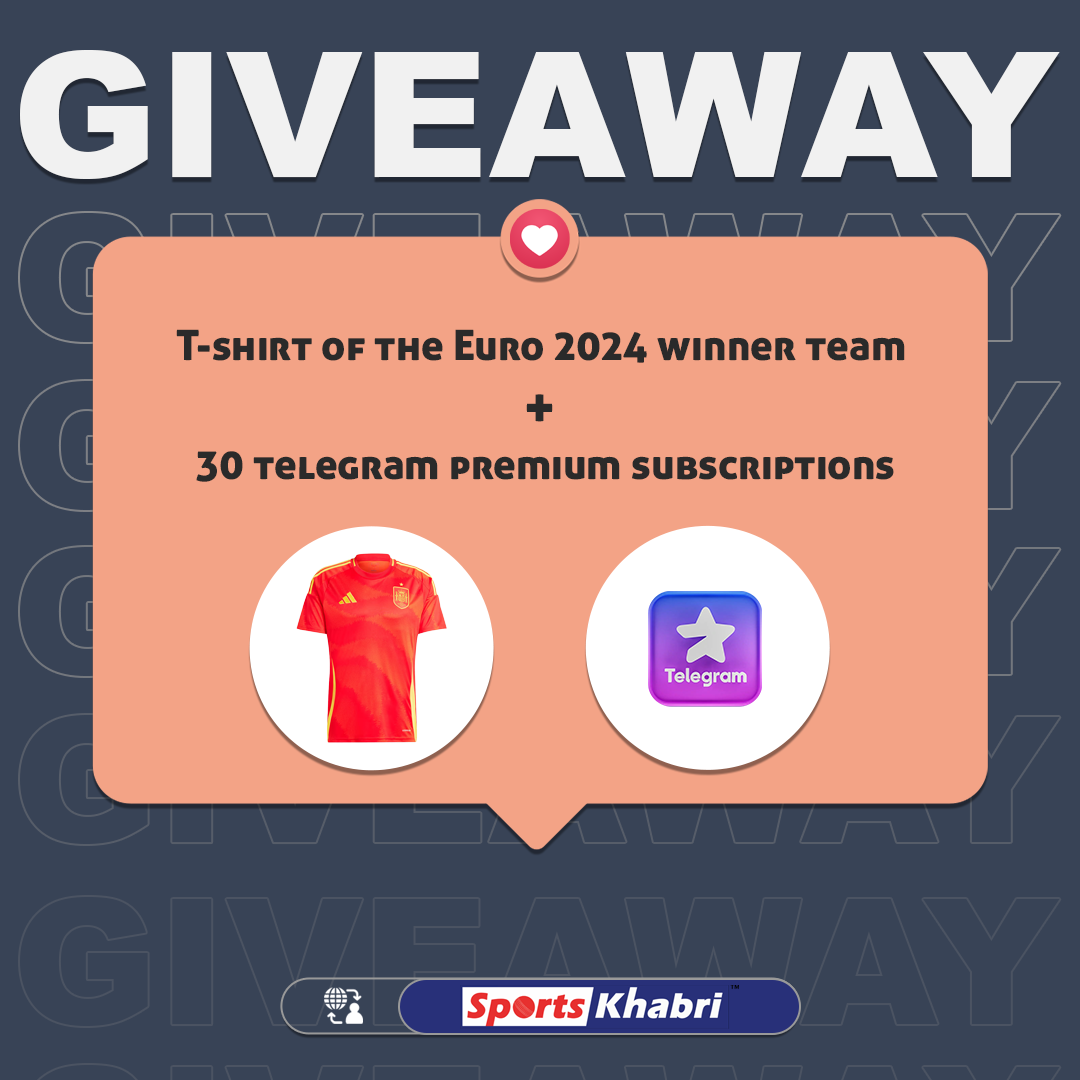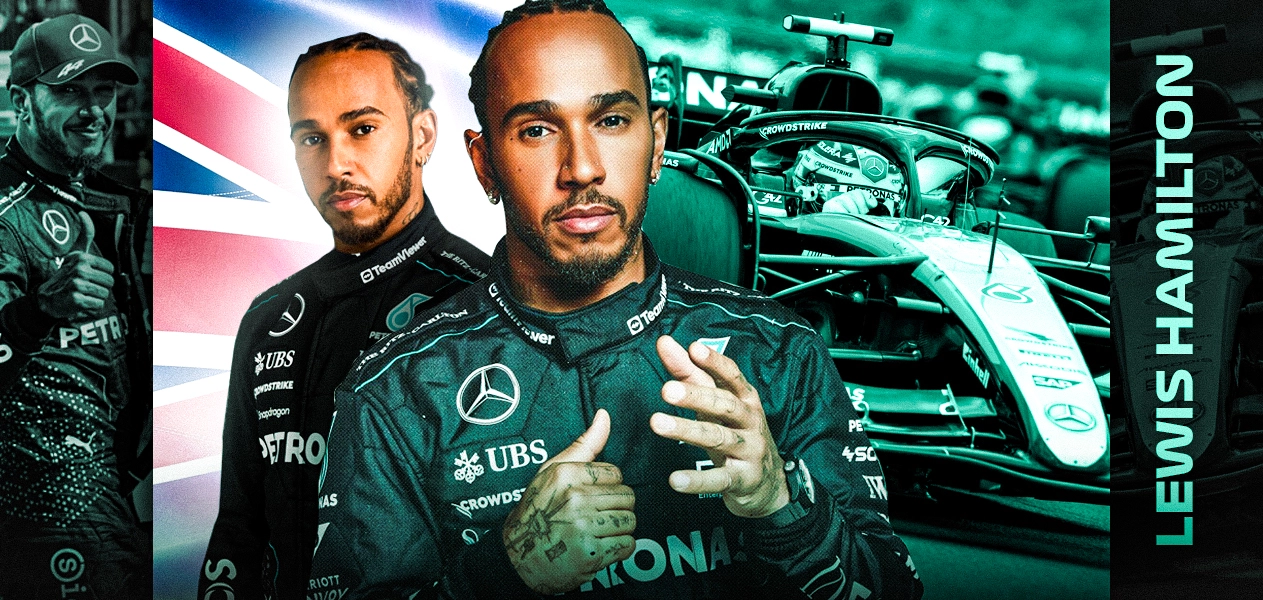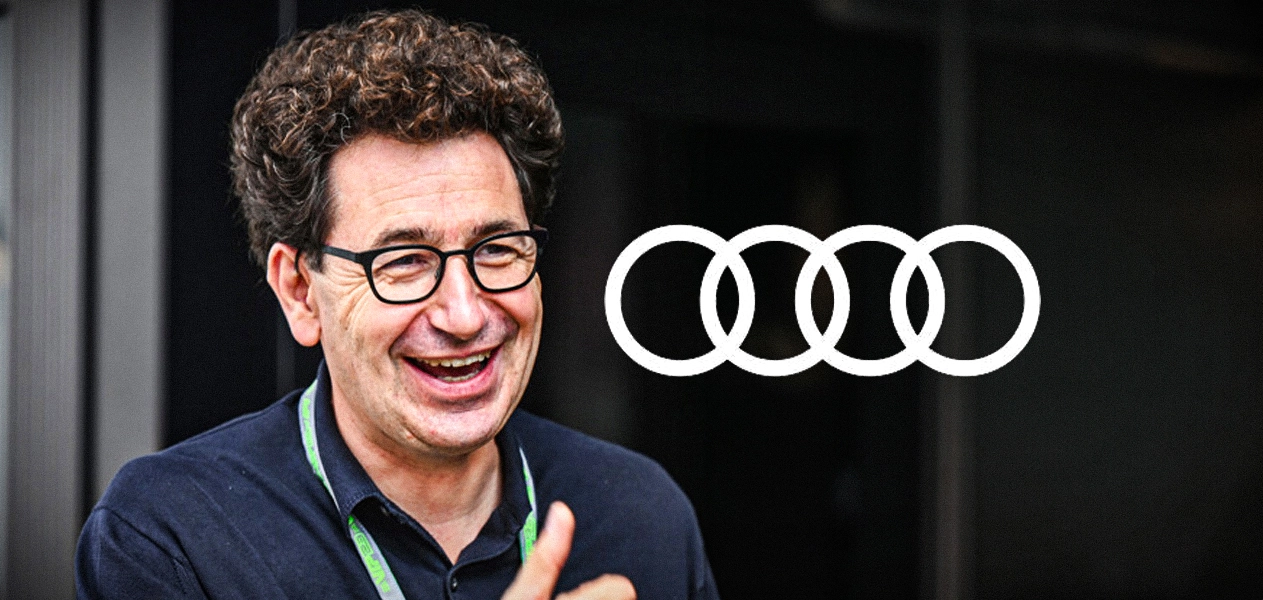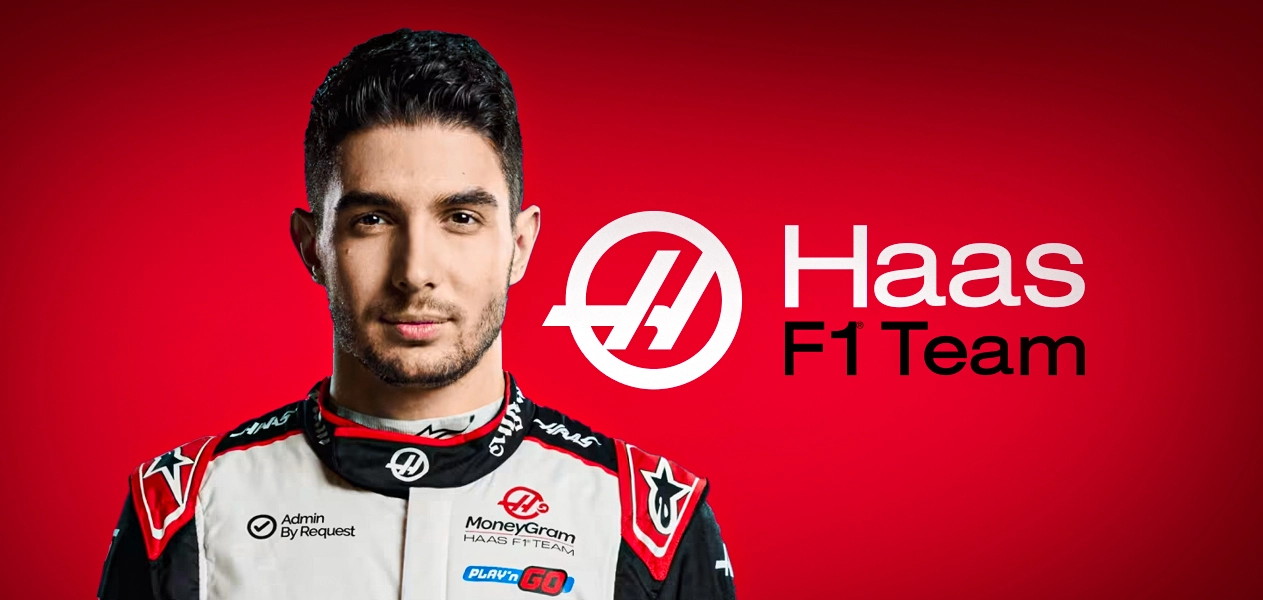Formula 1 is an exciting sport, with fast cars, beautiful venues and high-octane drama. It also has a penchant for pomp, grandeur and over-the-top shenanigans. To be blunt, F1 is a sport for the rich, built and run by the rich. Lewis Hamilton really is an anomaly and not the norm, the only rags to riches story in F1.
To understand how the financials work, we need to first understand the hierarchical structure for Formula One. Formula One is owned by Formula One group, a subsidiary of Liberty Media. Liberty is a Nasdaq listed American mass media company, owned by John C Malone. Formula One group is responsible for the promotion of the FIA Formula 1 world championship and the exercising of the sports commercial rights.
The Formula One group is headed by Stefano Domenicali, who is replacing the outgoing Chase Carey from the 2021 season. Domenicali was the team principal of Ferrari from 2008 to 2014. Ross Brawn is the Managing director of Motorsports while Chase CareyDomenicali is now moving into a non-executive chairman position from the 2021 season.
Liberty Media bought controlling interests in Formula One group in 2017. Before that, from 2006 till 2012, CVC Partners owned a 63.4% stake and controlling interest. After a failed bid for an Initial Public Offering (IPO), CVC sold parts of their stakes to Waddell & Reed, BlackRock and Norges Bank, with Bernie Ecclestone also holding a major chunk of the remaining stakes.
The Formula One group comprises of several subsidiaries. These subsidiaries control the various rights, management and licensing operations of F1.
Formula One World Championship Limited
The commercial rights of F1 are controlled by Formula One World Championship Limited (FOWC). They received these rights for a period of 100 years from the FIA in 2011. So, in essence, FOWC negotiates television rights contracts with broadcasters and put in place licensing agreements for F1 merchandise. They also negotiate the hosting fees with F1 circuits to earn the rights for hosting a Grand Prix.
Ayrton Senna, Michael Schumacher, Lewis Hamilton- Men who made F1 the sport it is today (Part 1)
Formula One Licensing BV:
Formula One Licensing BV is a Dutch-registered subsidiary of Formula One Group. They own the trademarks for F1 logo, “Formula One”, “F1”, “FIA Formula One World Championship”, “Grand Prix” and related terms. Along with this, “Sweeping curves device” shown before Grand Prix are also their trademark.
Formula One Management (FOM)
FOM is the main operating company which controls the broadcasting, organisation and promotional rights of F1. They are responsible for taping and making the television content, which is then supplied to the broadcaster to telecast on their TV channels and online platforms. FOM also makes investments in new teams and tracks, to help them establish themselves in the sport as well as attract and grow F1’s presence in new markets.
FOM structure the season calendar for F1 and negotiate and pay out the F1 constructors according to the Concorde agreement. As a part of this agreement, F1 constructors get 50% of the television broadcasting money and prize money at the end of the season based on their final position. FOM are also instrumental in helping constructors pack up, transport and unpack their entire team with cars in between every race.
How does Formula One make money?
The major incoming contributor to the balance sheets of Formula One group is the F1 race-hosting fee. This is the fee circuits across the world pay for hosting an F1 race. Every Grand Prix, from Silverstone to Abu Dhabi, pay roughly $30-$35M just to host an F1 race. For a 23 race season, like in 2021, this could ultimately add up to a whopping $700M. In return, the race venues get to keep a major portion of the ticketing and product sales. F1 brings in a good amount of money as royalties from the ticket and merchandise sale.
A second major chunk comes from broadcasting rights. Globally, Formula One receives close to $600M from television channels and digital platforms for broadcasting/streaming F1. The big sum is partly due to the work done by FOM to supply the content and taking on the logistical costs.
“To finish first, you need to first finish” – Welcome to the world of Formula 1
Formula One Group also takes on sponsors on long term deals. Some companies who have big sponsorship agreements with F1 right now are: Aramco, DHL, Emirates, Heineken, Pirelli, Rolex, AMG, Amazon Web Service and Liqui Moly. To give you an example of how huge these sponsorship contracts are, Aramco pays north of $40M to the Formula One group, every year!
Thanks to the Concorde Agreement, Formula One group distributes more than $1B to the ten teams, with a legacy team like Ferrari earning the most (more than $200M) while new-comers like Haas and Racing Point earning the least (close to $60M).
In essence, Formula One group sees close to $1.2B cash influx from broadcasting and race-hosting fees alone. On top of this, sponsorship deals push the total influx of money close to $1.4B per season. With close to $1B of it going to teams and close to $300M taken as operational, logistical and administrative costs, Formula One group still end up making a tidy profit of at least $100M every season.
But this is not true every year. Based on market forces, the contracts for broadcasting rights can have huge fluctuations. Also, the 23 race F1 season for 2021 is an anomaly, thanks to Covid. Thus, it is evident that things can get extremely tight financially with the difference between a profitable season and narrow losses very small.
Overall, Formula One is a sport dealing with big contracts and big money. If executed well, it has the potential to bring in a lot of money.
Written By
Chirag Bhattad






Leave a Reply